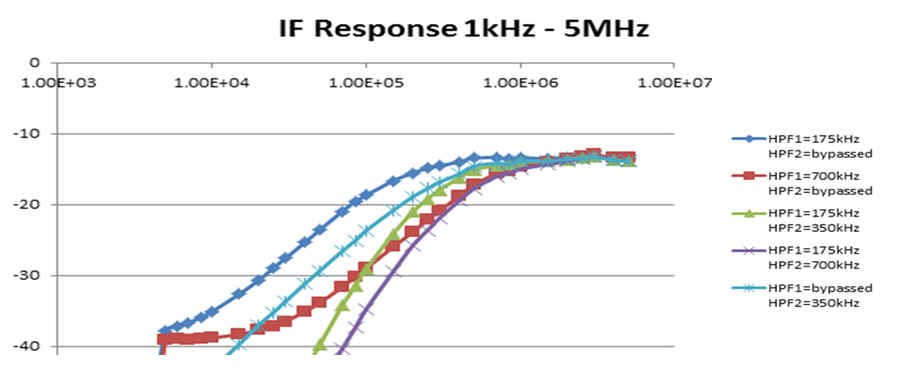Hi,
From the AR1xx_Radar_Interface_Control document, the maximum IF loop back frequency is 10 MHz and the minimum IF loop back frequency is 180 kHz.
Can the minimum be less than 180 kHz (start from 10 kHz) and the maximum increased beyond 10 MHz ?
Regards,
RJ


